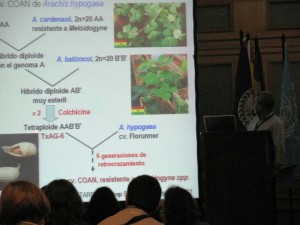Collecting all the native species in the United States, as well as developing restoration techniques and growing huge amounts of seed will take about 10 years and cost about $500 million, Dr. Havens said — a cost that she argues is well worth it.
That will include a nice batch of crop wild relatives… Incidentally, that $500 million is about twice the value of the endowment that is sometimes mentioned as being necessary to ensure long-term ex situ conservation of crop diversity.
